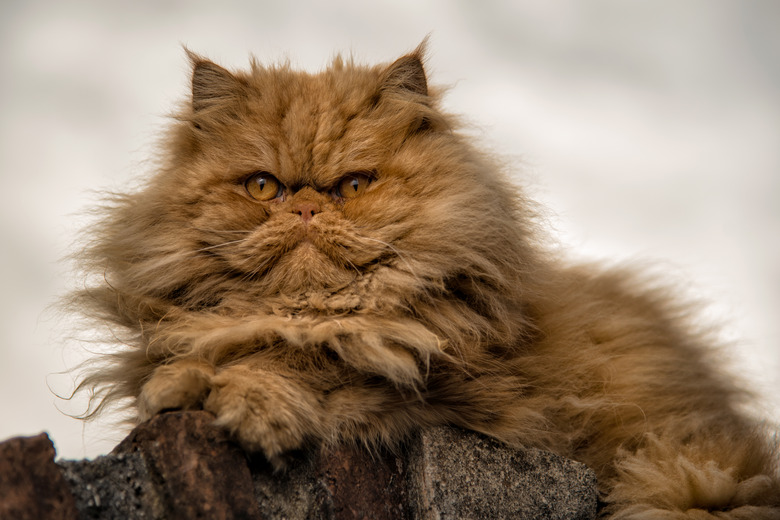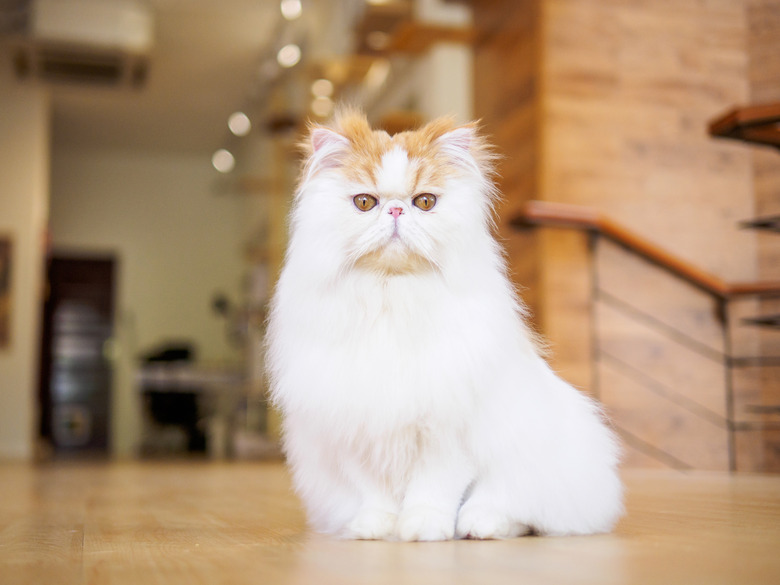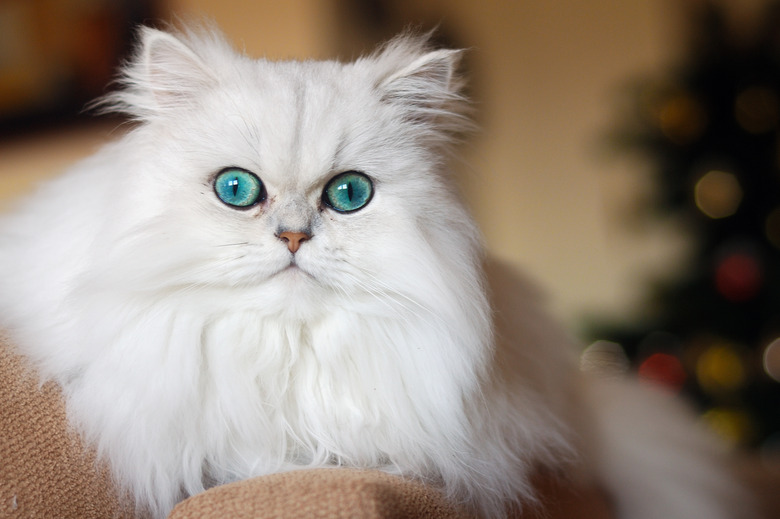Persian Cat Breed Facts & Information
Hailing originally from Persia (known internationally as Iran since 1935), the elegant and uber-glamorous Persian cat is distinguished by a luxurious, silky, long-haired coat, and a flat, round, pansy-like face that features a tiny button nose set between large, expressive eyes.
Not just a pretty face, the bodacious Persian cat, also known as the Persian longhair, is also highly intelligent, charismatic, and engaging with her humans. And thanks to her charming personality, gentle disposition, and sweet, melodious voice, the sparkling Persian has won the hearts of millions to become the most popular cat breed in the world.
Medium-sized, though massive and heavy-boned, the Persian is also known in the Middle East as the Iranian cat, and in Iran, they call them Shirazi cats. But no matter what you call Persians, these gorgeous cats are totally irresistible.
Persian cat basics
Persian cat basics
Persian cats require an indoor, protected environment that is preferably calm and quiet, in tune with their refined sensibilities. Like with most cats, boisterous, rough-housing children may not be appreciated. Though Persian cats like a quiet environment, it's important, as with all cats, to give them access to stimulating toys and opportunities to play, to avoid boredom.
Remarkably, Persians, unlike most other cat breeds, like to have their feet planted firmly on terra firma, and do not aspire to reach great heights. That means you don't need to construct a complex network of perches throughout your home to accommodate them, which is convenient.
The history of the breed
The history of the breed
Where are Persian cats from? While the precise origin of the Persian cat is shrouded in mystery, it's clear they originated in the Persian empire, which today refers to Iran, a country formed over the center of the ancient Persian empire. However, muddying this theory a bit, early hieroglyphics depict long-haired cats that resemble Persian cats. This makes it difficult to know when exactly the Persian cat came to be.
The first cat shows in Great Britain featured Persian cats, and by 1900, Americans were smitten and began importing them. From there, Persian cats' popularity caught on like wildfire worldwide. Today, Persian cats remain a popular and beloved breed.
Persian cat personality and temperament
Persian cat personality and temperament
"Sweet, gentle, and quiet with a grand touch of the show-off" best describe the irrepressible and adorable Persian cat.
Persians do not demand constant access to your lap like some breeds do, yet they are utterly responsive to your lavish affection when they are in the mood. Persians love to decorate furniture by draping themselves over the top of the sofa or their favorite chair.
Long-haired Persian cat appearance
Long-haired Persian cat appearance
Persian cats' squishy little faces are the result of a short muzzle, and their heads are as round as an apple. Planted firmly on their short, stocky legs, Persians are covered in a flowing coat of long hair that is generally silky smooth, but also comes in a cotton candy format that relentlessly and almost uncontrollable tangles in maddening mats. Grooming alert!
Bred to the nines for eons in a myriad of coat colors, including blue, silver, bi-color, and more, all have brilliant copper eyes. The one exception is the white-coated Persian cat who may have blue eyes or the combo of one blue and one copper eye of equal intensity.
Essential facts about Persian cats
Essential facts about Persian cats
- Personality: Affectionate, pleasant, non-abrasive, intelligent, creatures of habit.
- Shedding: Be prepared; without daily combing, your Persian will decorate your furniture with his fur.
- Grooming: Daily combing with a metal comb to avoid hair floating everywhere as well as cutting down on tangles and mats.
- Good with Children: Yes
- Good with Other Pets: Yes
- Size: Medium but full-bodied, deep-chested with short, thick legs.
- Weight: 7-12 pounds
- Life Expectancy: 12-17 years


